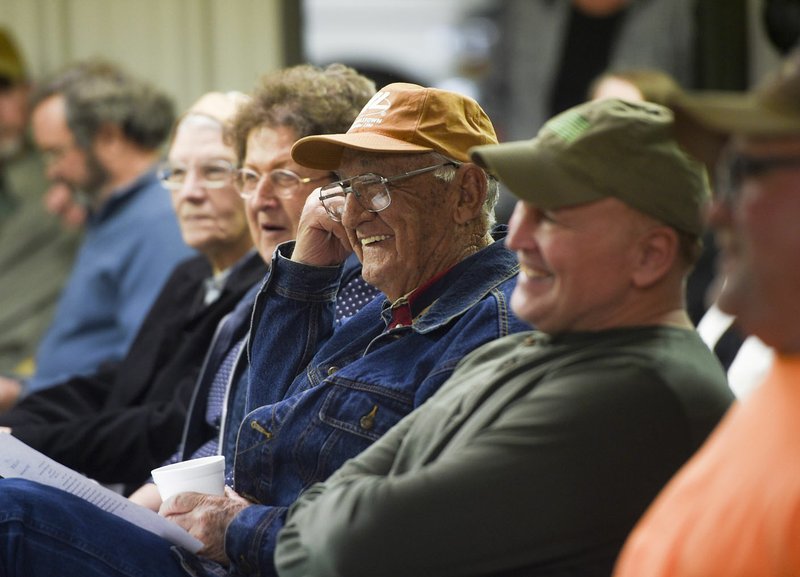STRICKLER -- Work to clean up the site of a nuclear reactor test site owned by the University of Arkansas, Fayetteville is complete, officials said.
Cleanup of the Southwest Experimental Fast Oxide Reactor has been ongoing for more than 15 years, and Arkansas congressmen and the university secured cleanup money. The former nuclear reactor test site is about 20 miles southwest of Fayetteville.
The work is done, but officials said they will spend a few weeks to wrap up some administrative matters, said Mike Johnson, UA associate vice chancellor for facilities.
The project requires approval from the Arkansas Department of Health, the Arkansas Department of Environmental Quality and the U.S. Department of Energy. That is expected by mid-May, according to the university.
A $1.9 million grant in 2009 from the Energy Department paid for a study to determine what would be required to clean the site. EnergySolutions, an international nuclear services company from Salt Lake City won the bid for the project.
The project cost about $25.8 million. Although the government paid for all of the cleanup, the university spent money in maintaining the site over the years, Johnson said.
Cleanup included demolishing the site's control room and taking thousands of pounds of low-level radioactive waste to specialized waste facilities outside the state. The vessel was placed in a special, shielded container in October and shipped out of state in November.
"Once we got that out, then we had radioactive material outside the reactor that we couldn't get to until the reactor was gone," said Dean Wheeler of EnergySolutions.
About 40 containers of low-level radioactive waste was then removed, he said.
The reactor was built in the 1960s with money from the U.S. Atomic Energy Commission. A group of investor-owned utilities operated the 20-megawatt experimental fast breeder reactor from 1969-72. The fuel and irradiated sodium coolant were removed in 1972.
UA took ownership of the 620 acres in 1975 for research purposes. The university stopped using the facility in 1986. The federal government declared the site was contaminated in the early 2000s and told the university the reactor had to be dismantled and the site decontaminated.
Johnson said the university hasn't decided what it will do with the land now that it's free of radioactive waste. Options include using the land for academic purposes, such as biology or geology, or selling the property, he said.
Metro on 04/23/2019

